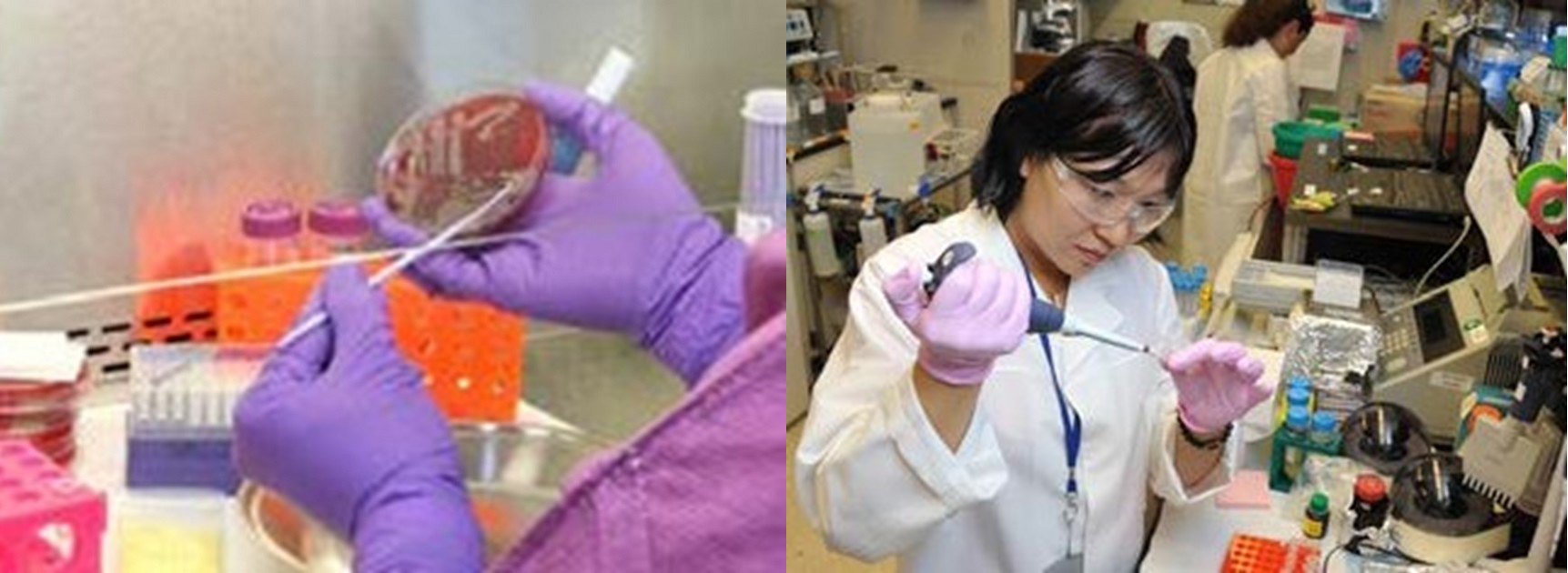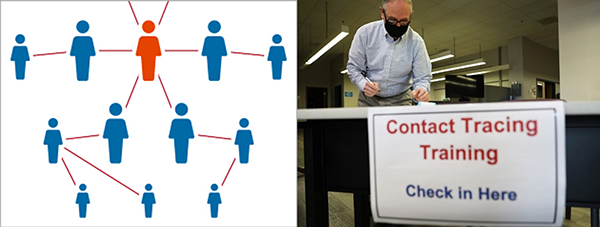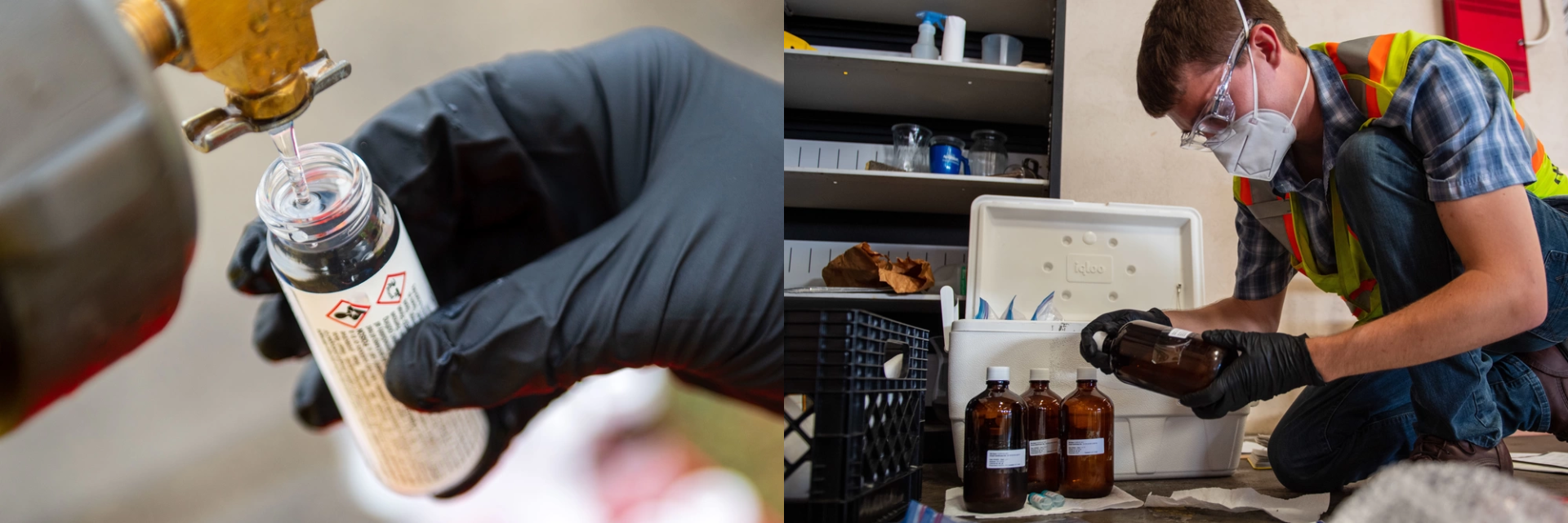Characterization involves determining the extent of the incident and verifying the identity, and infectivity of the involved pathogen. Relevant, timely, and accurate incident characterization enables situational awareness, informs decision-making, and facilitates efficient response. Properly characterizing the incident will help reduce morbidity and mortality, ensure the effective use of resources, prevent the spread of contamination and occurrence of secondary infections, and reduce the overall economic impact of the incident.
Full characterization of a biological incident is unlikely to be immediately feasible. Incident characterization involves collecting, analyzing, and synthesizing data from numerous sources and is an iterative process; as new information becomes available, characterization of the incident is refined. Incident characterization may take hours (e.g., pathogen identification), days (e.g., exposure areas and/or populations), or months (e.g., attack and secondary attack rates, lethality, susceptibility to countermeasures) to accomplish. Therefore, in the early stages of a biological incident, decisions will likely need to be made without complete or validated information.
1.3.1 Laboratory Testing
Pathogen/disease identification and characterization, source identification, and understanding geographic dispersion are essential components of incident characterization. Clinical and environmental samples should be tested and genetically typed where possible to determine their provenance (whether natural or lab-made), virulence, and best treatment options.
Testing of patient samples begins locally at public health laboratories and clinical laboratories. Depending on the nature of the incident, clinical sample testing from suspect cases by CDC’s Laboratory Response Network for Biological Threats (LRN-B) may be required to verify the identity, viability, and infectivity of the involved pathogen. LRN-B’s mission is to provide a rapid laboratory response to biological threats to inform critical decisions about public health and safety, and it was established to facilitate quick and accurate detection of biothreat agents and emerging infectious diseases in the U.S.32
Laboratories that can support testing to address agent identification and characterization needs may be represented within the Integrated Consortium of Laboratory Networks (ICLN)―a federal partnership between DHS, Department of Defense (DoD), HHS, USDA, Department of Energy, Department of Interior (DOI), DOJ, Department of State (DOS), and the EPA― to coordinate laboratory response capabilities during a crisis. The ICLN includes some of the following networks: DoD Laboratory Network, Environmental Response Laboratory Network, LRN, NAHLN, and the Veterinary Laboratory Investigation and Response Network.

While testing occurs to determine the agent, a case definition (described in the call out box below) is used by public health officials to help distinguish potential cases from those presenting to the medical system so that they can be investigated, and their exposures reviewed to identify a source. Separate guidance is developed to assist healthcare providers in diagnosis and treatment of suspected clinical cases. During early phases of a biological incident caused by a novel pathogen, testing capabilities may be inadequate and case definitions become very important. Even when testing capability is available, certain testing methods may pick up lingering disease traits (e.g., prolonged positive polymerase chain reaction) that do not imply that the patient may need further treatment or infect others, so case definitions are still required for both clinical and public health decision-making.
Case Definition
A case definition is a set of standard criteria for classifying if a person has a particular disease, syndrome, or other health condition. Case definitions are typically established by an epidemiologist within a public health office and change over time as more information is obtained. Some case definitions, particularly those used for national surveillance, have been developed and adopted as national standards that ensure comparability. A case definition consists of clinical criteria and, sometimes, limits on time, place, and person. The clinical criteria usually include confirmatory laboratory tests, if available, or combinations of symptoms (subjective complaints), signs (objective physical findings), and other findings. Case definitions used during outbreak investigations are more likely to specify limits on time, place, and/or person than those used for surveillance.33 (For example, set of limits could be people who ate from the seafood buffet at Smith’s restaurant from August 5-15.)
In the event of an intentional biological attack, determining the source and geographic dispersion of the agent will assist public health and law enforcement investigators in determining the scope of the incident and in identifying potentially exposed individuals. The geographic origin of the incident may not be readily apparent; moreover, because days may elapse between exposure to the agent and the onset of illness, the first detected cases may not be proximate to the location of the initial infection or release. The extent of contamination is identified through means such as epidemiological investigations and environmental sampling. Data are fed into national models for narrowing the range of likely release points and amount of agent used (Refer to the Planning, Decision Support, and Modeling Resources for Biological Incidents of this document).
What Will You Need to Know?
- What is the case definition of the disease to inform healthcare providers?
- What testing capabilities and capacities are available within your jurisdiction or will require coordination with resources outside of your jurisdiction? How can emergency managers best facilitate resource procurement or coordination when needed?
1.3.2 Epidemiologic Investigations
When an outbreak is suspected, public health department personnel may initiate an epidemiologic investigation to determine the cause. A field investigation has ten steps:34
- Prepare for field work.
- Confirm the diagnosis.
- Determine the existence of an outbreak.
- Identify and count cases (i.e., create a case definition and develop a line listing).
- Tabulate and orient the data in terms of time, place, and person (i.e., descriptive epidemiology).
- Consider whether control measures can be implemented now. (Note: control measures should be considered again after more systematic studies are completed.)
- Develop and test hypotheses.
- Plan for more systematic studies.
- Implement, if not already done, and evaluate control and preventive measures.
- Communicate findings (i.e., summarize investigation for requesting authority and prepare written reports).
During an outbreak investigation, public health departments may use a practice called “contact tracing” to identify and notify people who potentially have been exposed to someone with an infectious disease. Epidemiologists reach out to those potentially exposed to let them know they’ve been in close contact with an infected person and to provide information and support to help them keep themselves and their loved ones safe.35

By developing strong collaborative relationships, SLTT emergency management personnel and public health personnel can work together during outbreak investigations to support implementation of control measures and communication of necessary information to the public.
1.3.3 Characterization in Water Contamination Incidents
In drinking water contamination incidents, identification of the exposure route, the contaminant itself, and the contaminant source play a critical role in reducing the incident’s public health impact. Speedy and accurate symptom recognition are critical for supporting efforts to identify contaminated water, develop mitigation measures, and guide the use of appropriate medical countermeasures for humans and animals.
The exposure route may be identified first from a combination of epidemiological investigations, exposure history, clinical diagnosis, and laboratory confirmation. Environmental and laboratory investigations of the potentially contaminated water also will be needed, along with review of the water system to understand any operational lapses. For cases in which adverse health effects occur soon after exposure, the association of symptoms with drinking water may be considered for persons exposed. For cases in which adverse health effects occur well after exposure/ingestion (days later), the association of illness with the public water system may be more difficult to determine and will rely more heavily on public health investigations to determine the source of exposure. Details surrounding the exposure route can provide some insight into the magnitude of avoidable exposures.

When a water system is suspected to be compromised, response activities that protect public health sometimes may be initiated before the contaminant itself is confirmed. Examples of protective measures include notifying the public of contamination (such as issuing drinking water advisories), providing alternative water sources, interrupting the public’s access to the water system. Although pathogen identification may take time, the agent can be determined through laboratory investigations using clinical data, environmental samples, or contaminated products. (See KPF 3: Control the Spread of Disease for further discussion of implementation of water system controls.)


